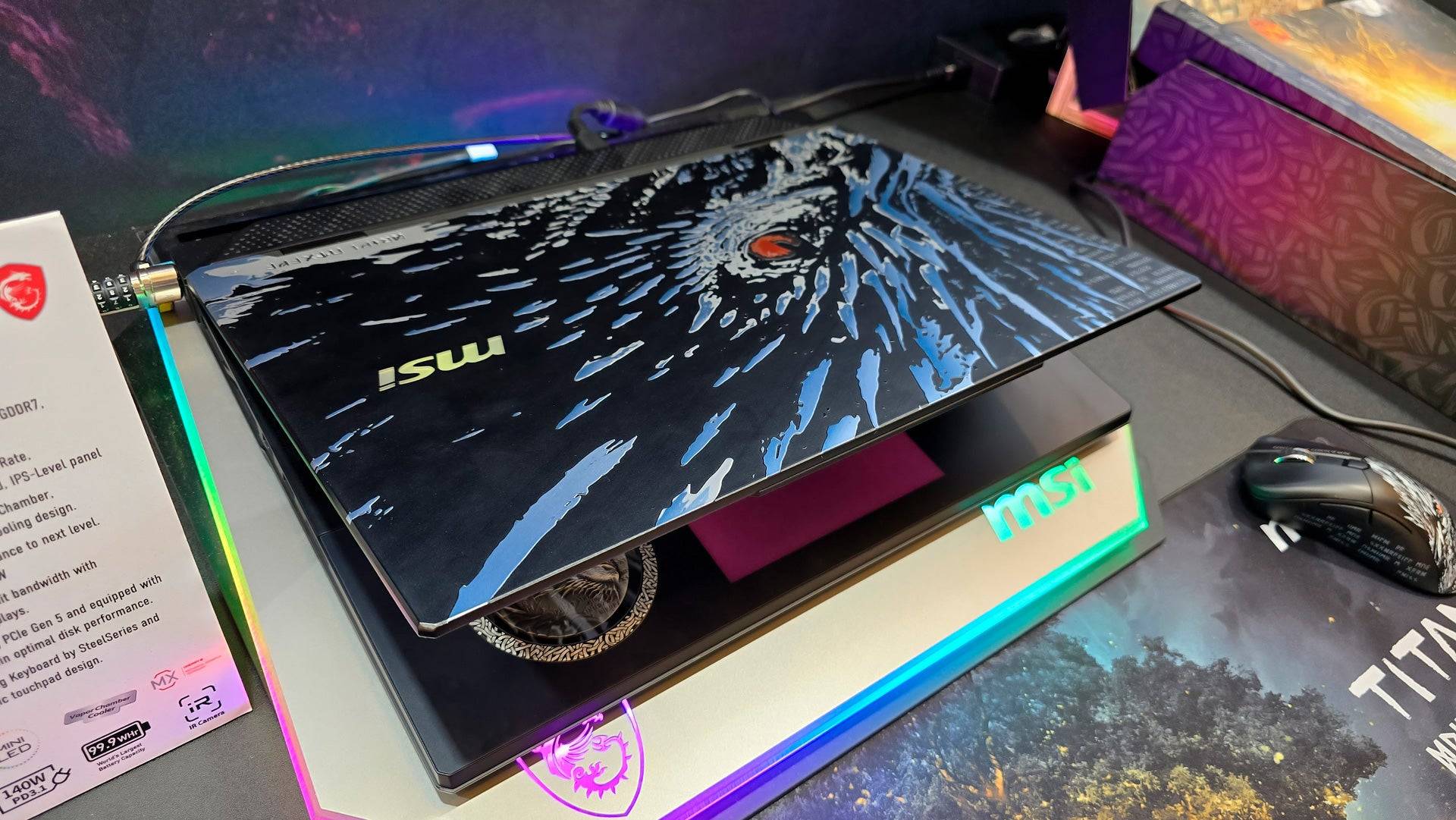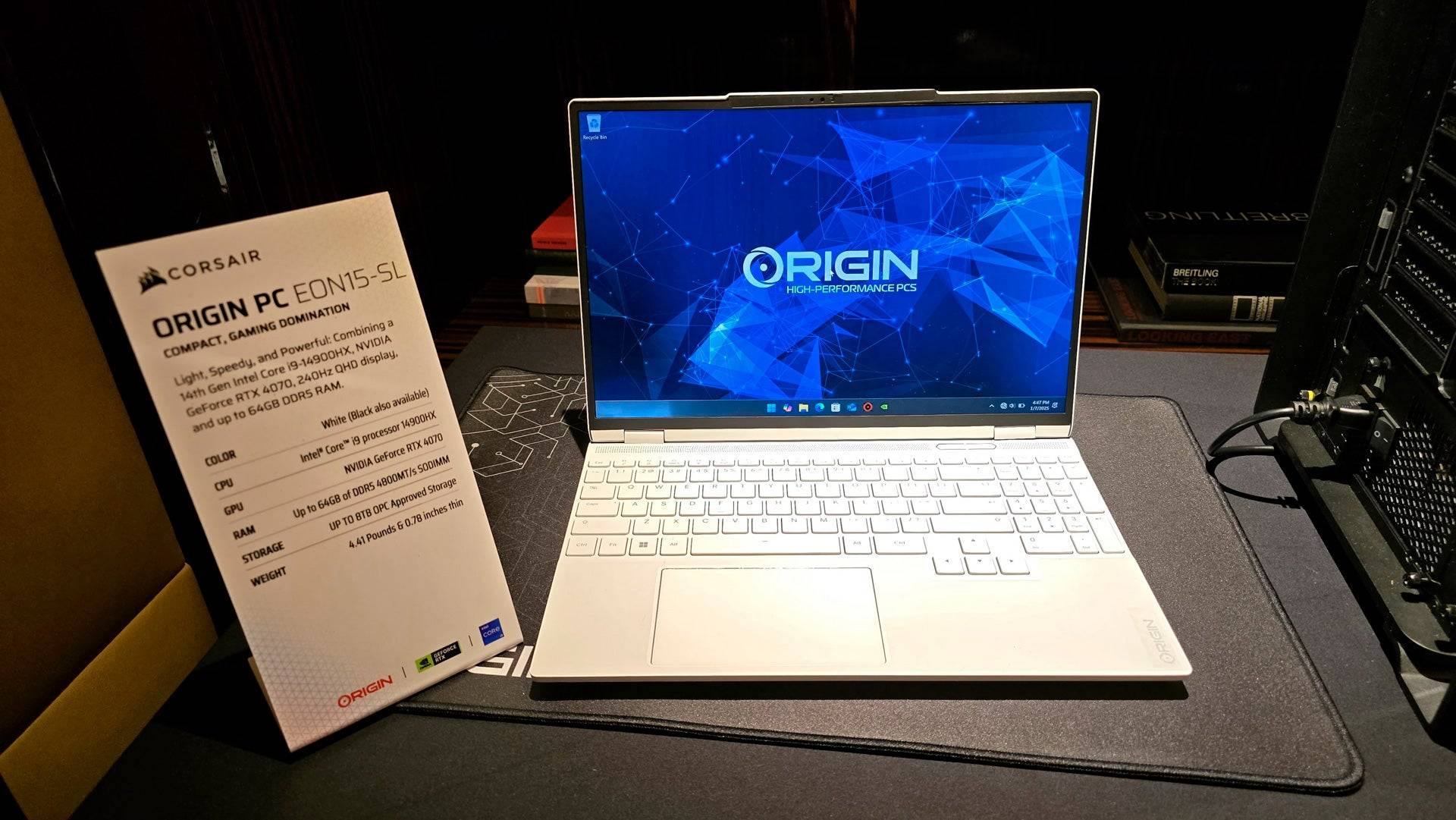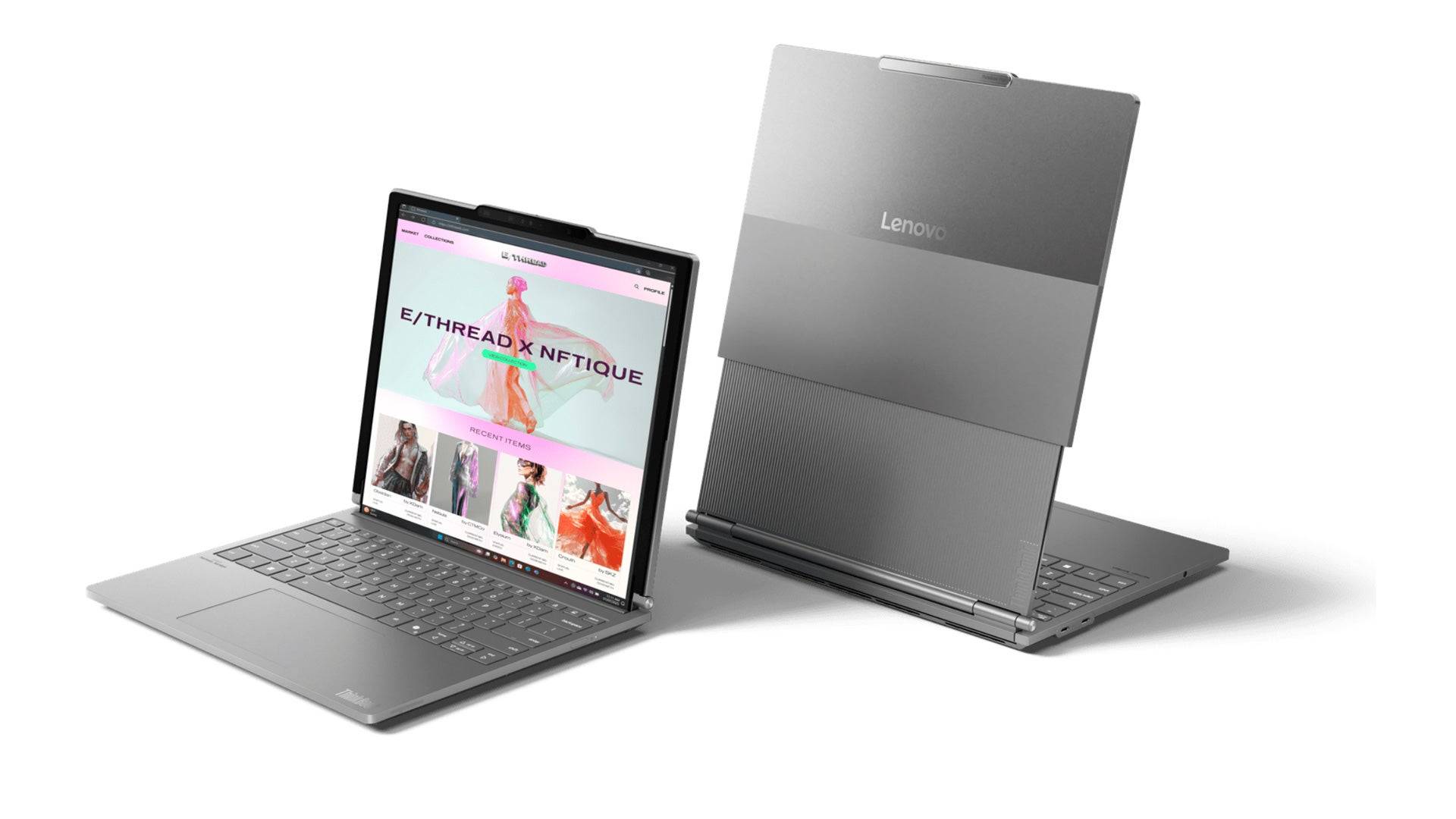CES never disappoints when it comes to showcasing the latest in laptop technology, and this year's event was particularly rich in innovations for gaming laptops. After exploring the expansive show floor and numerous suites filled with cutting-edge tech, I identified several key trends shaping the future of gaming laptops in 2023.
A Huge Diversity of Designs
Gaming laptops have always boasted a variety of styles, but this year's designs felt especially diverse. Manufacturers like Gigabyte and MSI are pushing the boundaries between gaming and productivity, offering laptops that not only excel in performance but also appeal to a broader audience.
For instance, the Gigabyte Aero series stands out with its sleek, professional look that could easily fit into a business environment, while the MSI Titan 18 HX AI Dragonforged Edition makes a bold statement with its eye-catching graphics on the lid, clearly designed for those who want to showcase their high-end gaming setup.
 RGB lighting remains a staple, with innovative implementations seen across various models. The Asus ROG Strix Scar series, for example, features an AniME Dot Matrix LED display on its lid, capable of displaying animations and text, adding a personalized touch to the gaming experience.
RGB lighting remains a staple, with innovative implementations seen across various models. The Asus ROG Strix Scar series, for example, features an AniME Dot Matrix LED display on its lid, capable of displaying animations and text, adding a personalized touch to the gaming experience.
While there's no radical reinvention, expect to see a mix of traditional big and heavy gaming laptops alongside sleek, lightweight models with top-tier hardware.
 AI Assistants are Coming
AI Assistants are Coming
Last year saw the introduction of AI in laptops, but the implementations were often underwhelming. This year, however, multiple vendors showcased more advanced AI Assistants designed to enhance user interaction without the need to manually navigate software.
In a compelling demo, an MSI representative used a chatbot to select a game type, prompting the AI to automatically adjust the laptop's performance settings to match the game's intensity. While promising, I remain skeptical about the actual time-saving benefits over manual adjustments, especially considering the unclear offline capabilities. We'll need to see how these features evolve in practice.
Mini-LED, Rollable Displays and Other Novelties
Mini-LED technology is finally gaining traction in the gaming laptop market. Brands like Asus, MSI, and Gigabyte displayed Mini-LED laptops with top-of-the-line specifications and pricing. These models showcased over 1,100 local dimming zones to enhance contrast and reduce blooming, delivering stunning brightness and vibrant colors. While OLED still holds the edge in contrast, Mini-LED's resistance to burn-in and higher sustained brightness make it an exciting development.
The show also featured unique innovations. The ASUS ROG Flow X13, returning after a year's hiatus, now supports eGPUs through USB4, offering a powerful upgrade option. Asus's Zenbook Duo showcased dual-screen productivity, but Lenovo stole the show with the Lenovo ThinkBook Plus Gen 6 Rollable, the first laptop with a rollable OLED display. This innovative design allows the 14-inch screen to extend an additional 2.7 inches, though its durability remains a concern for this first-generation product.
 Ultrabooks Continue to Rise, Even for Gaming
Ultrabooks Continue to Rise, Even for Gaming
Ultrabooks are increasingly making their mark in the gaming sector. Major manufacturers now offer thin, light, and premium gaming laptops that cater to both gamers and professionals. Gigabyte's revamped Aero series exemplifies this trend, combining gaming prowess with ultrabook portability.
These ultrabooks are ideal for gamers who prioritize portability and don't need to run the latest games at max settings. My review of the Asus TUF Gaming A14 last year highlighted how these machines can include dedicated graphics cards without compromising their on-the-go productivity.
 For those willing to tweak settings, the latest AMD and Intel processors offer surprisingly good gaming performance, thanks to integrated graphics and features like AMD FidelityFX Super Resolution and Intel XeSS. This makes it possible to enjoy demanding games without a high-end graphics card, questioning the necessity of lower-performance chips like the RTX 4050M.
For those willing to tweak settings, the latest AMD and Intel processors offer surprisingly good gaming performance, thanks to integrated graphics and features like AMD FidelityFX Super Resolution and Intel XeSS. This makes it possible to enjoy demanding games without a high-end graphics card, questioning the necessity of lower-performance chips like the RTX 4050M.
Additionally, cloud gaming services such as Xbox Cloud Gaming and Nvidia GeForce Now are viable options for these ultrabooks, offering a robust gaming experience without the need for specialized hardware.
The world of gaming laptops is evolving rapidly, and we'll continue to cover these developments throughout the year. What trends caught your eye? Share your thoughts in the comments below!








